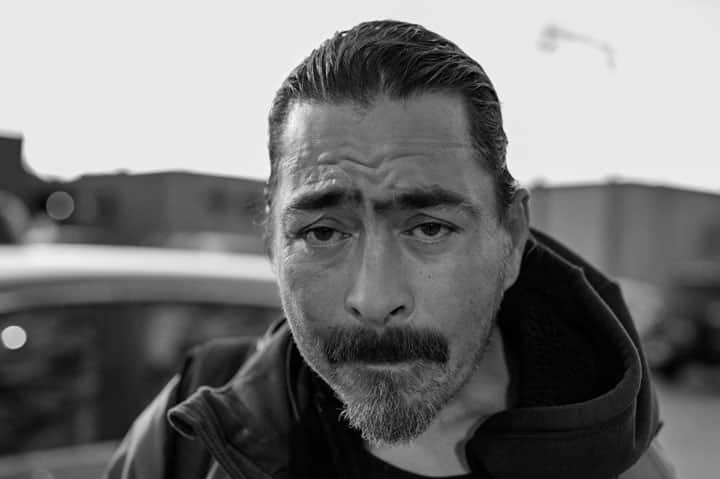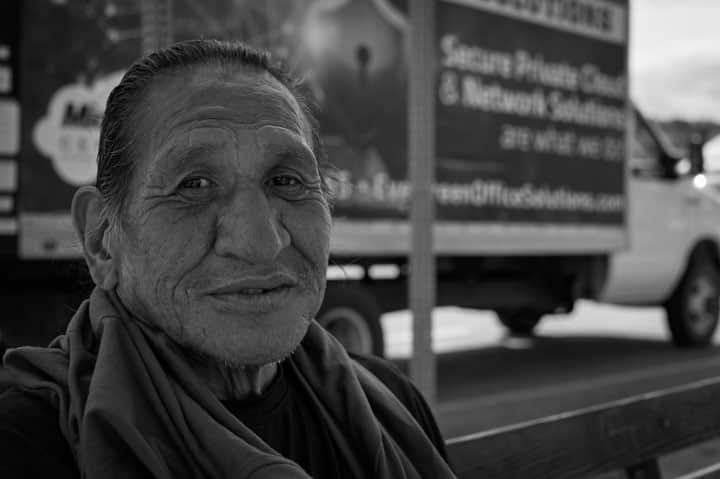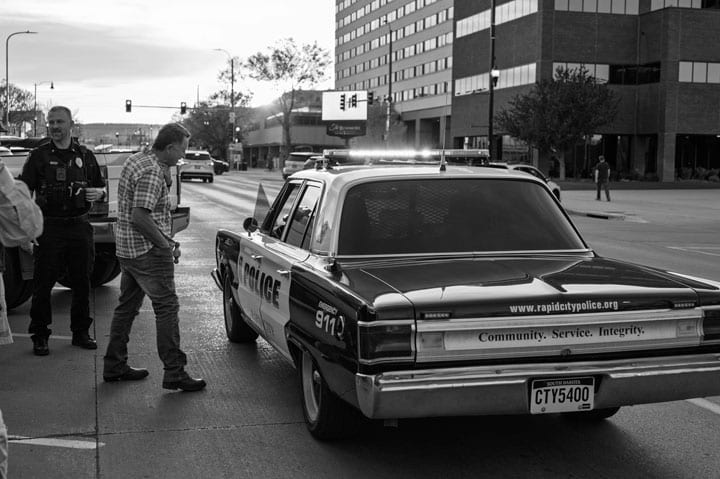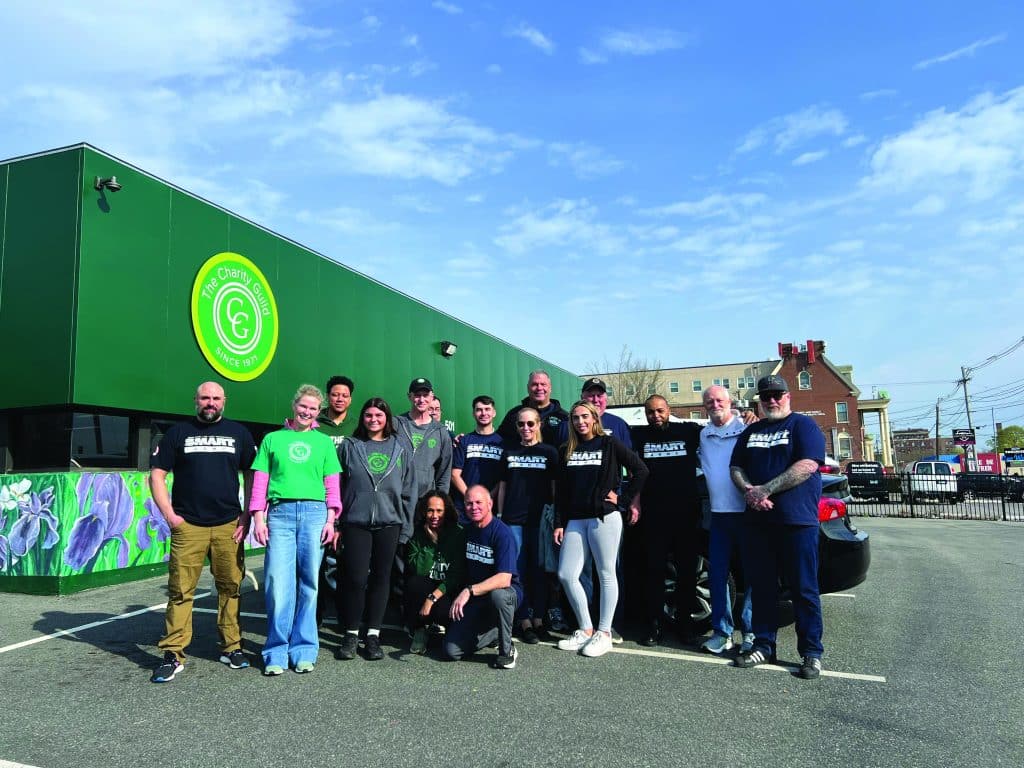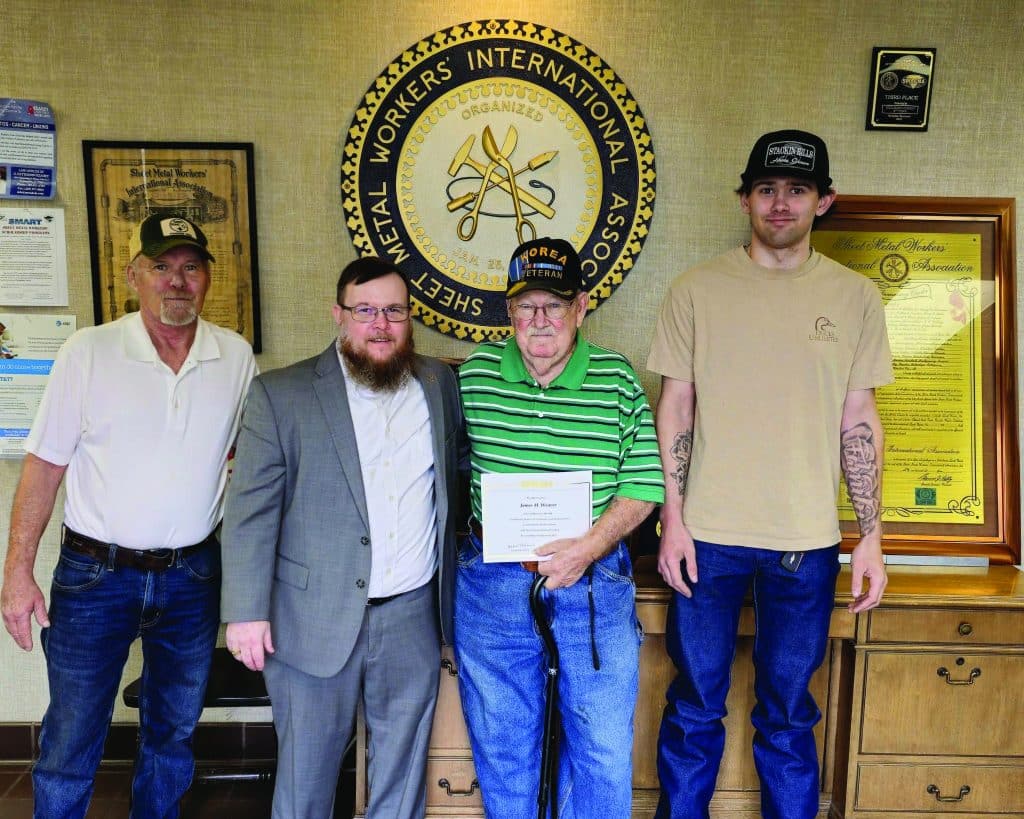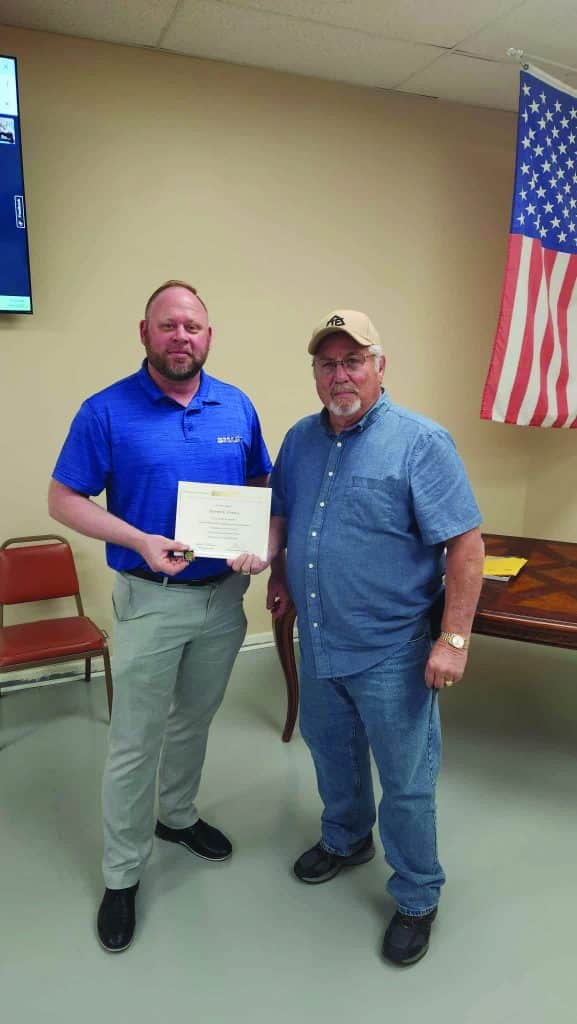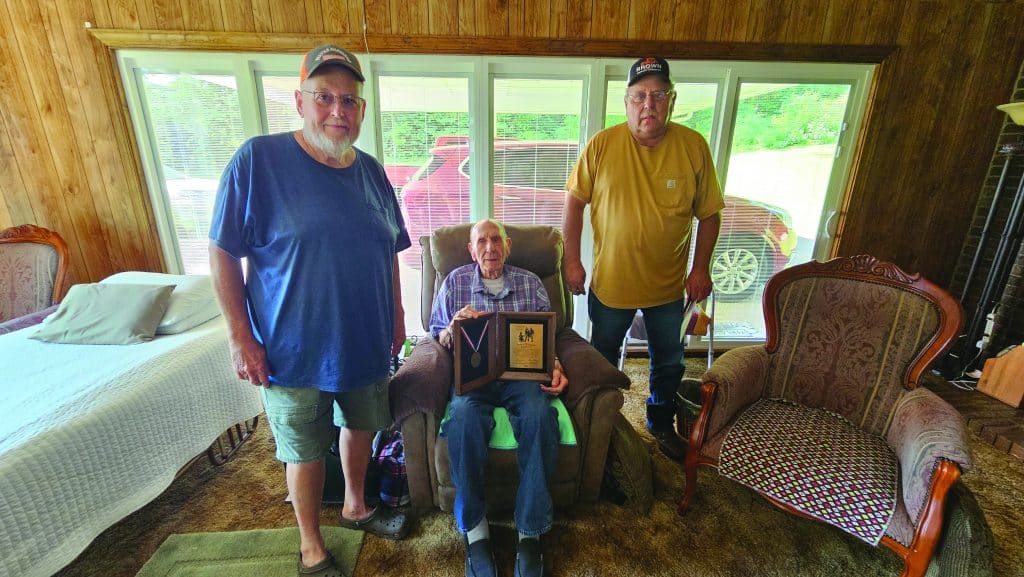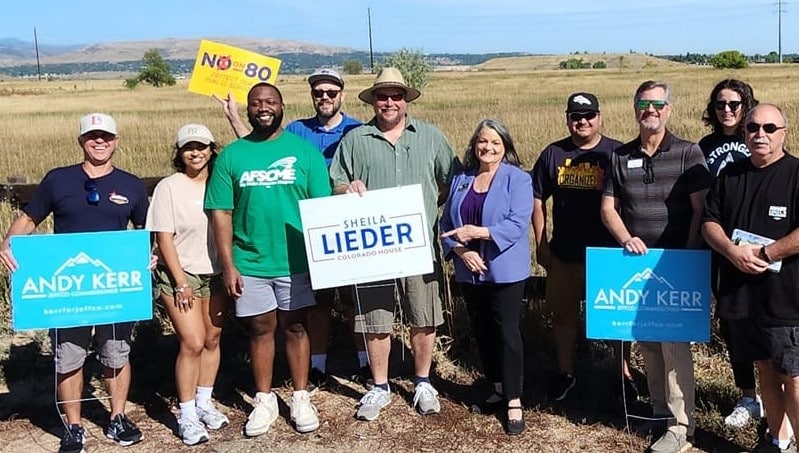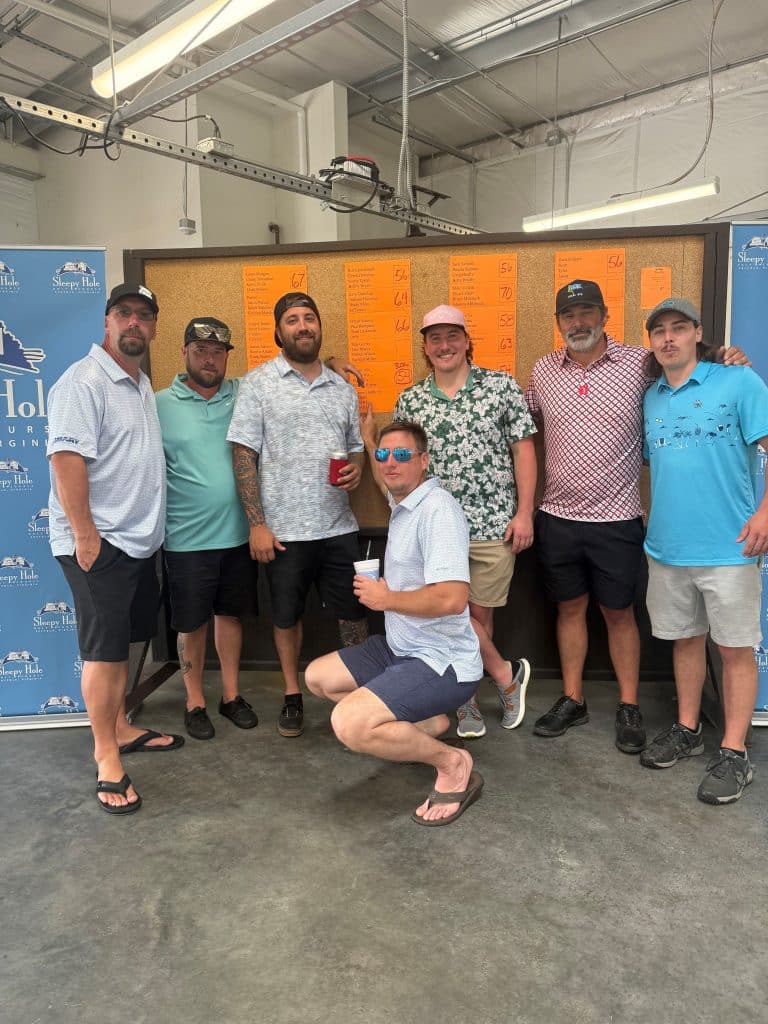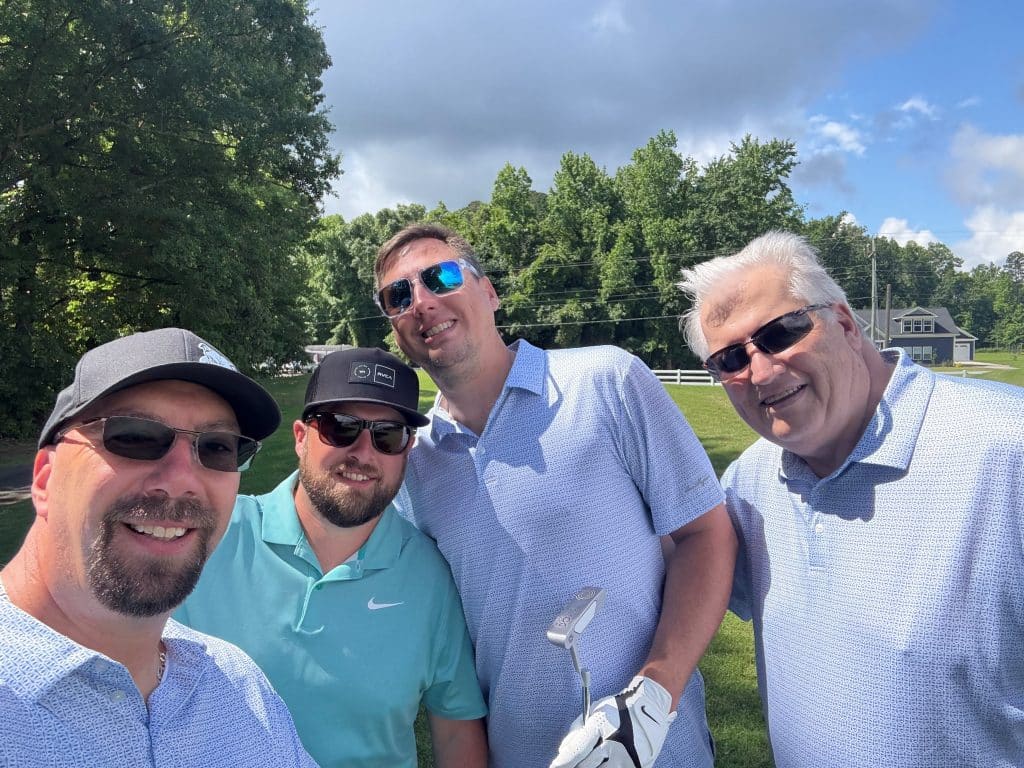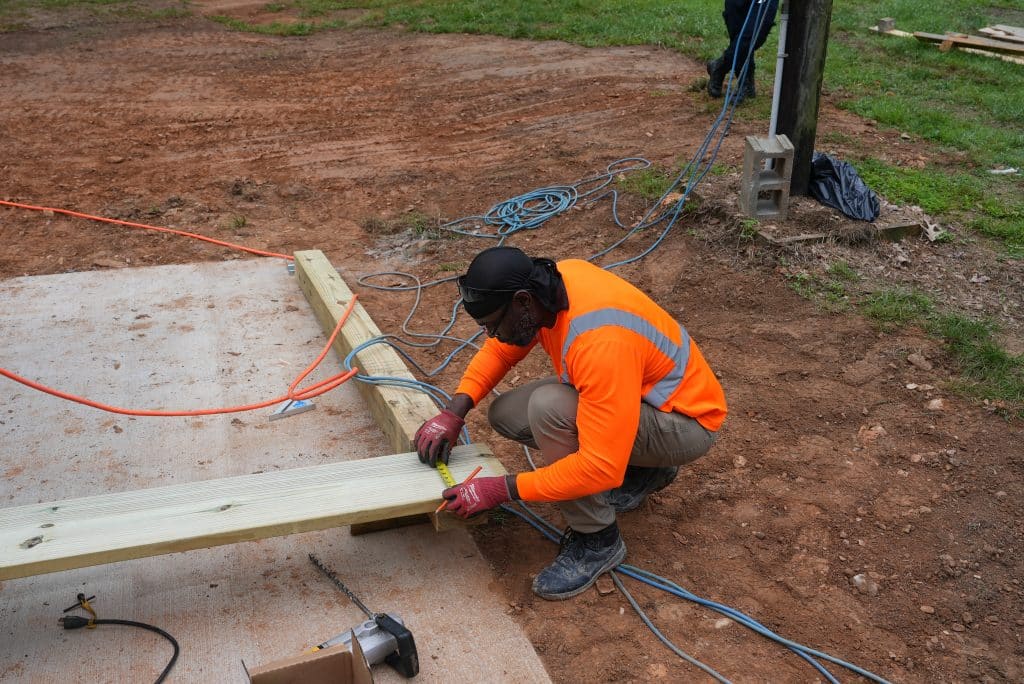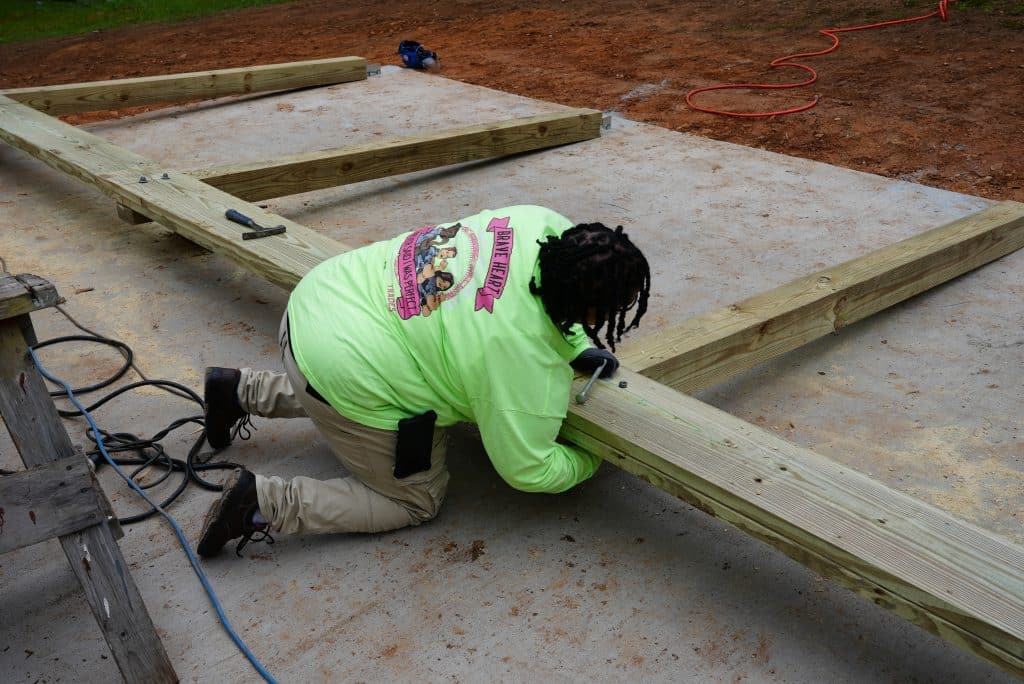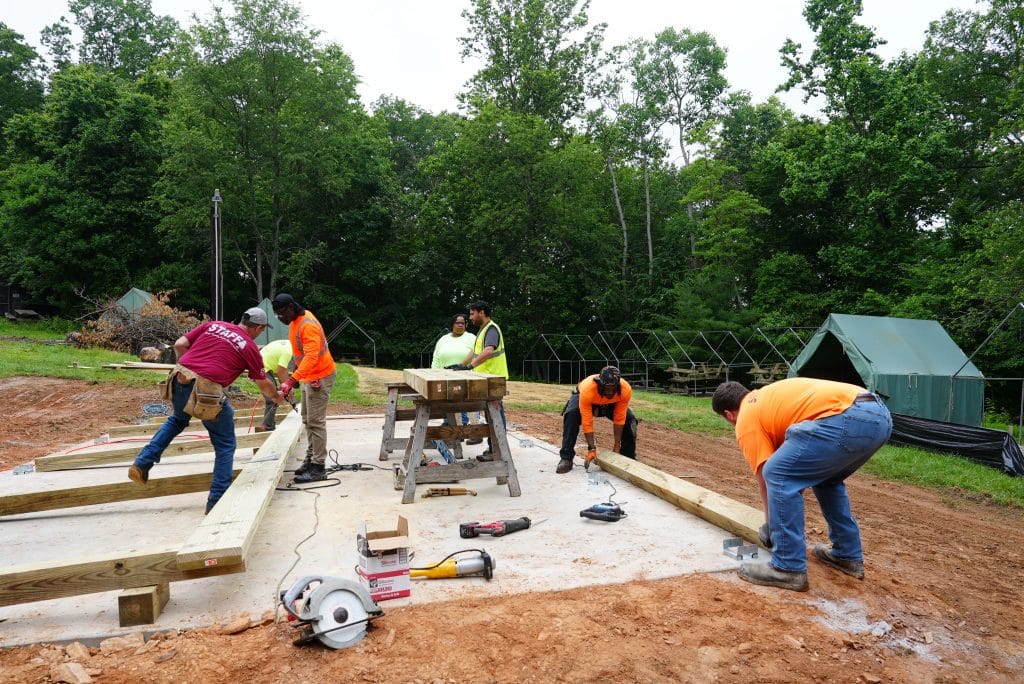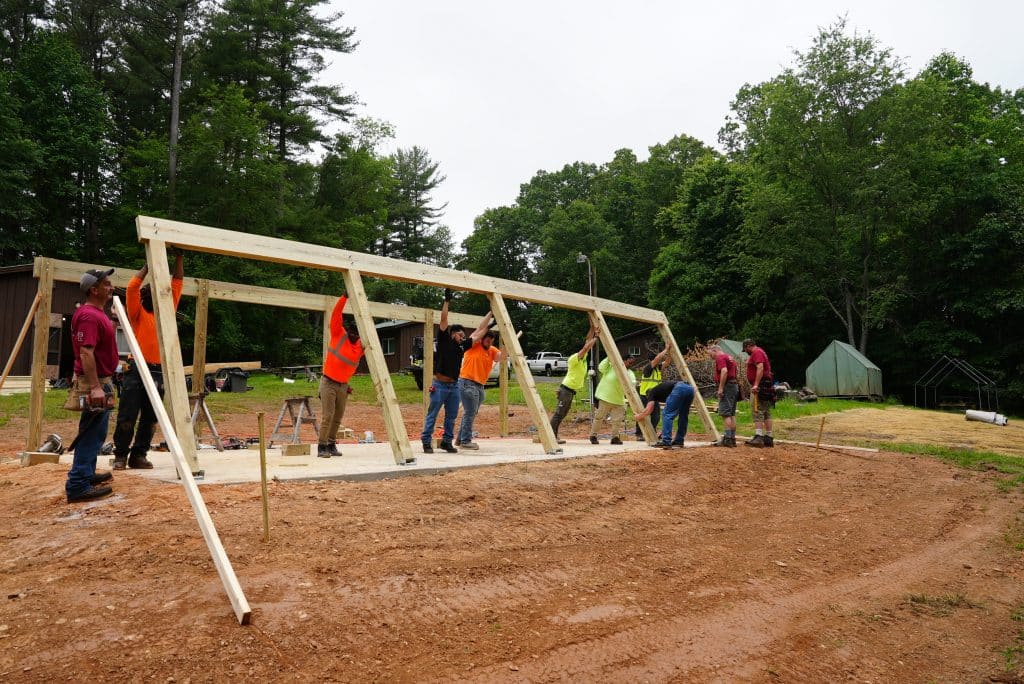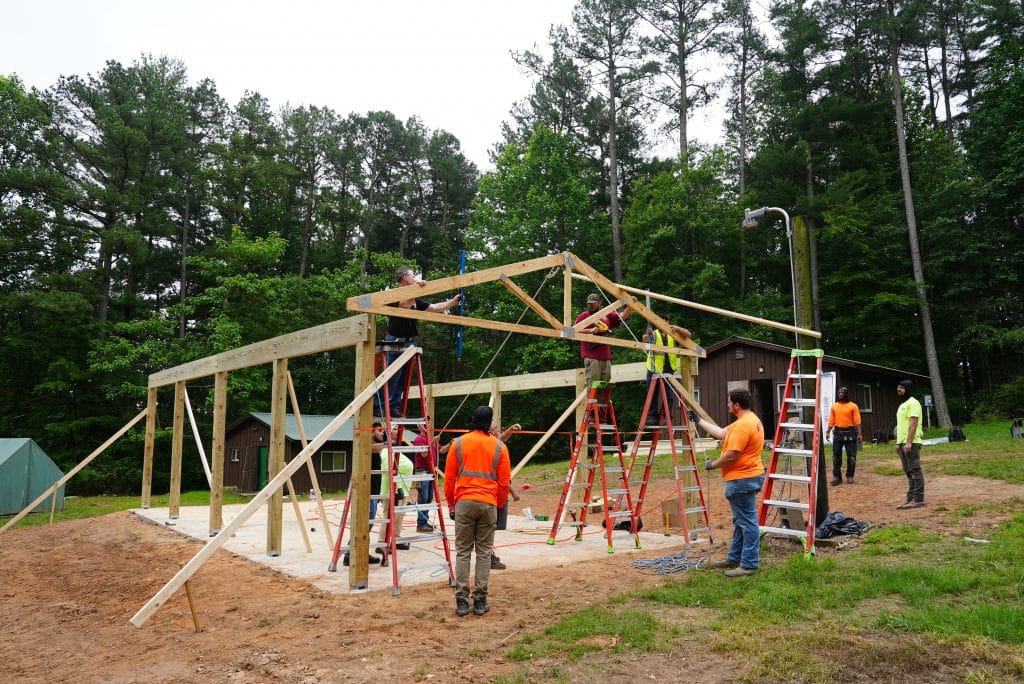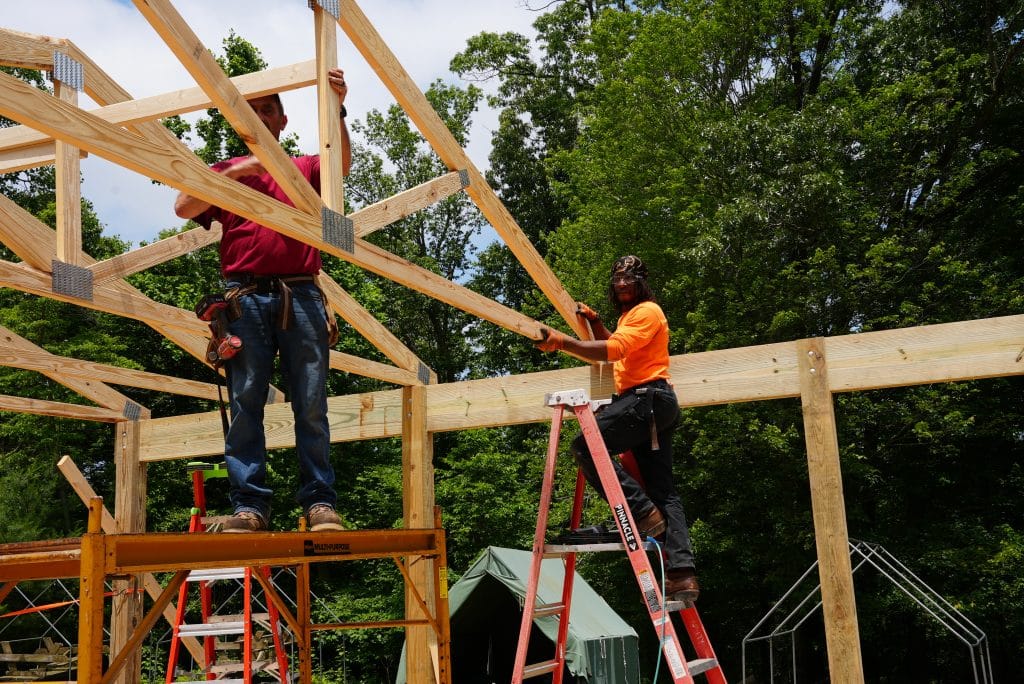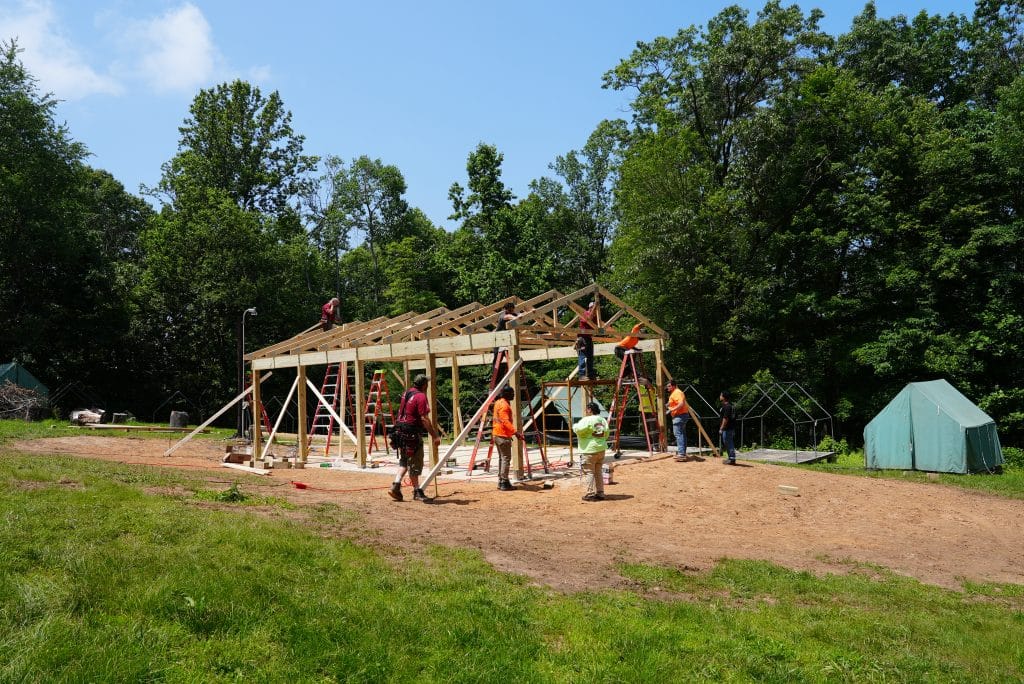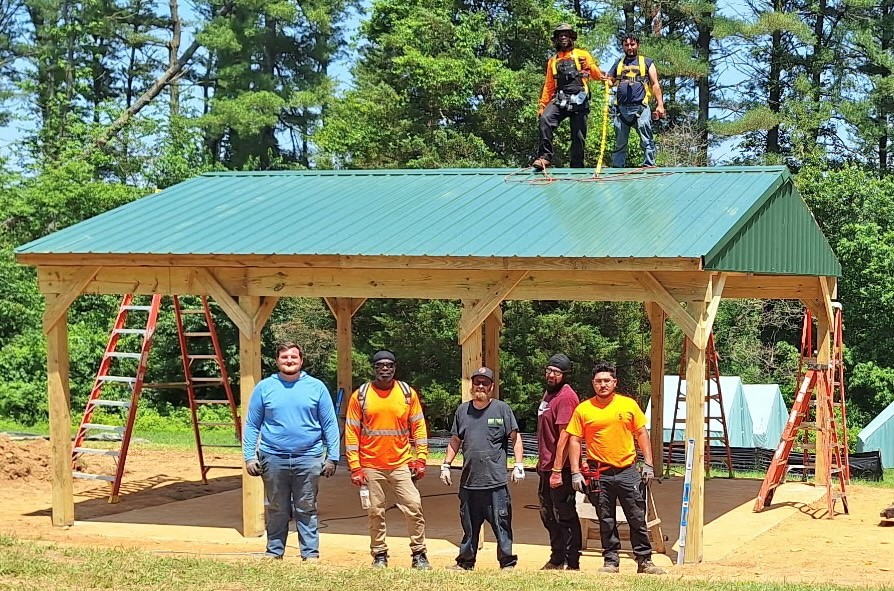When Michael Harris chose the word “elevate” as the motivational theme for the International Training Institute (ITI) staff for 2025, he had no idea what was in store.
At the beginning of this year, Dan McCallum, executive director of the Funds — which includes the ITI, National Energy Management Institute (NEMI) and Sheet Metal Occupational Health Institute Trust (SMOHIT) — announced his retirement. This set in motion some new and exciting changes to the Funds’ administrative staffs.
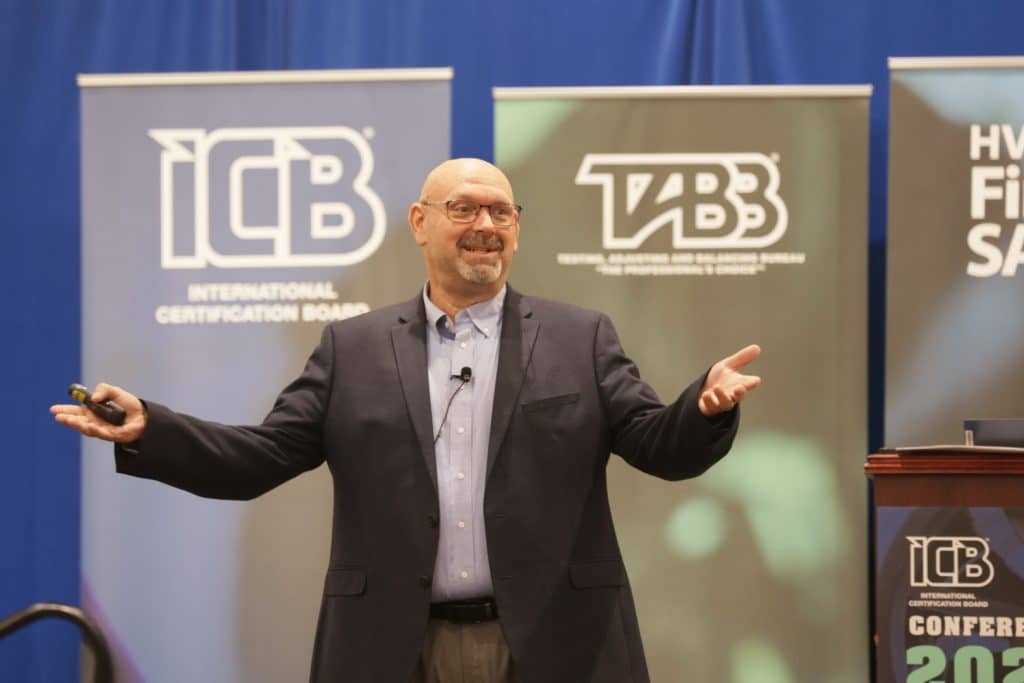
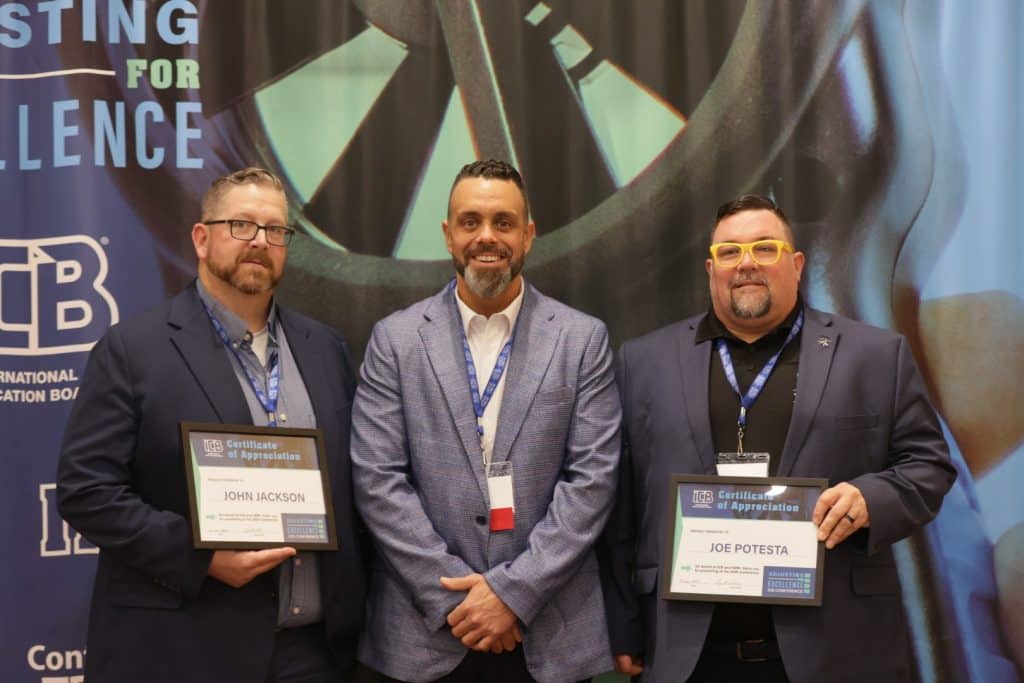
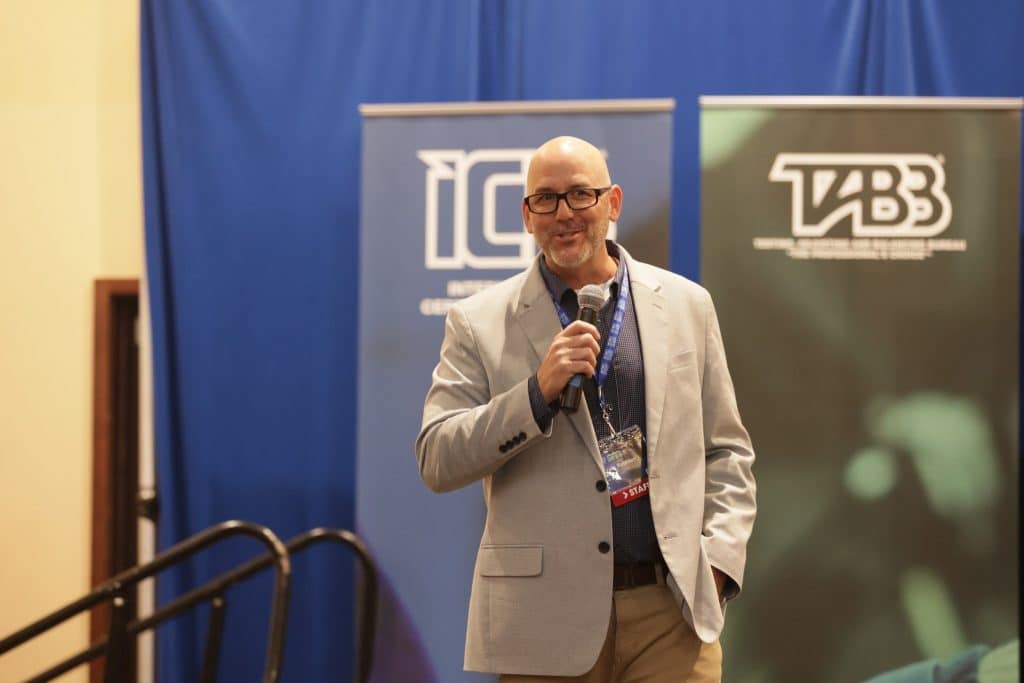
In March, Harris was hired as the new Funds executive director, and John Jackson, from Local 28 in New York, was chosen to take the helm as ITI administrator. Joe Potesta, former ITI field representative and welding specialist, stepped in as assistant to the ITI administrator. Craig Reehten, former ITI representative and TAB specialist, was hired to take over the NEMI administrator role this spring.
There are no changes to the SMOHIT administrative staff, and Aldo Zambetti remains as SMOHIT’s administrator.
“We have new administrators who are bringing new, fresh ideals and continuing the path forward,” Harris said. “Progress requires change sometimes, and we’re definitely bringing change in our own structure to better serve the industry.”
The position of assistant to the ITI administrator was in the works before McCallum’s retirement, and hiring Potesta and Jackson together ended up being perfectly timed, Harris said.
“I’ve admired this ITI team for a long time — everyone brings a wealth of experience and expertise to their positions — and I’m excited to now be a part of it,” Jackson said.
This revamped executive team brings their own unique energy to invigorate the mission established for all three funds: to better support and provide resources to JATCs and serve the members of the unionized sheet metal industry.
Reehten is ready to hit the ground running, as he looks forward to his new chapter at NEMI.
“Playing to our team’s strengths and ambitions and leaning into more collaboration with ITI and SMOHIT is exciting, because it will not only better serve NEMI’s stakeholders but benefit the industry as a whole,” Reehten said.
Harris said collaboration is key to “elevate” the Funds.
“My goal is to continue to bring the three funds closer together with the hope to eventually be seen as one collective team,” he said. “I’m excited to see what we can all accomplish together.”
